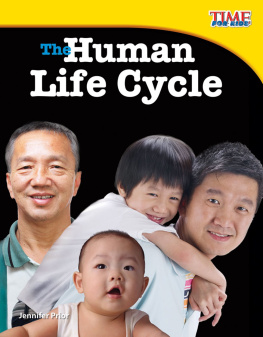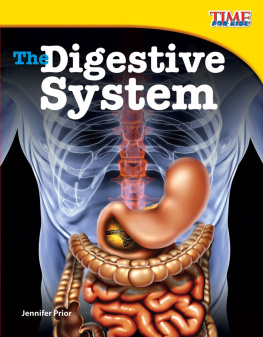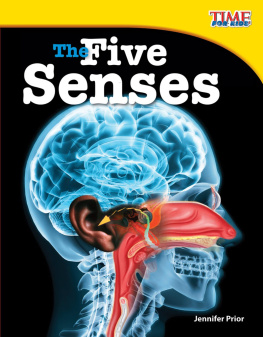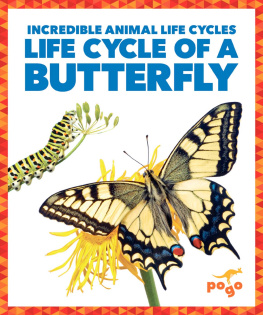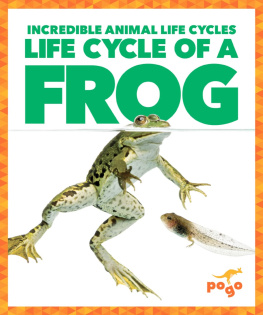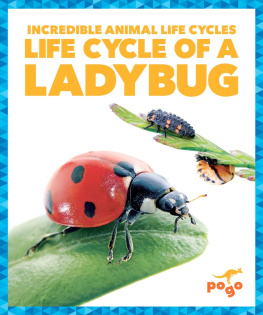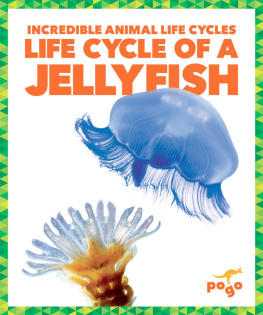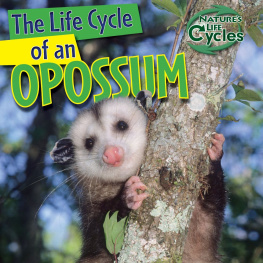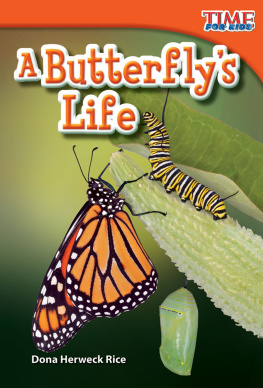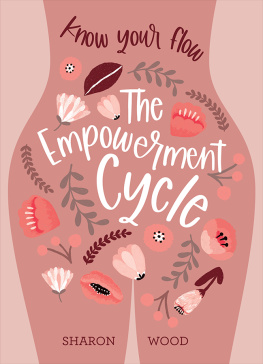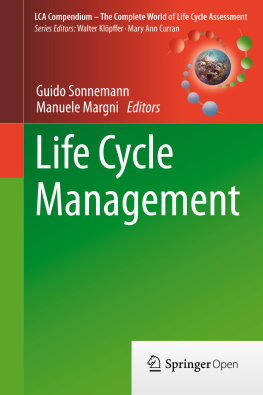
Jennifer Prior
The Human Life Cycle Prior
Human
The
Life Cycle


Consultant
Timothy Rasinski, Ph.D.
Kent State University
Lisa A. Leewood, C.S.T.
Erin P. Wayne, M.D.
Publishing Credits
Dona Herweck Rice, Editor-in-Chief
Robin Erickson, Production Director
Lee Aucoin, Creative Director
Conni Medina, M.A.Ed., Editorial Director
Jamey Acosta, Editor
Heidi Kellenberger, Editor
Lexa Hoang, Designer
Stephanie Reid, Photo Editor
Rachelle Cracchiolo, M.S.Ed., Publisher
Teacher Created Materials
5301 Oceanus Drive
Huntington Beach, CA 92649-1030
http://www.tcmpub.com
ISBN 978-1-4333-3678-2
2012 Teacher Created Materials, Inc.
Image Credits
Cover leungchopan/Shutterstock; Mike Tan C.T./Shutterstock; wong sze yuen/Shutterstock;
p.3 Pete Pahham/Shutterstock; p.4 Petrenko Andriy/Shutterstock; p.5 top: N Photo/
Shutterstock; p.5 left: Dr. Morley Read/Shutterstock; p.5 right: DJTaylor/Shutterstock;
p.5 middle: Matej Ziak/Shutterstock; p.5 bottom: ex0rzist/Shutterstock; p.6 left to
right: Gelpi/Shutterstock; Harm Kruyshaar/Shutterstock; michaeljung/Shutterstock;
p.7 left to right: EDHAR/Shutterstock; Rob Marmion/Shutterstock; p.8 Ruta Saulyte-
Laurinaviciene/Shutterstock; p.9 OJO Images/Photolibrary/Getty Images; p.10 Aliaksei
Lasevich/Shutterstock; p.11 top to bottom: Punchstock; Lichtmeister/Shutterstock; p.12
JLBarranco/iStockphoto; p.13 bo1982/iStockphoto; p.14 StockLite/Shutterstock; p.15
Jenkedco/Shutterstock; p.16 BananaStock/Alamy; p.17 Stephanie Reid; p.18 Pete Pahham/
Shutterstock; p.19 top to bottom: michaeljung/Shutterstock; Calvin Chan/Shutterstock;
p.20 Anelina/Shutterstock; p.21 Rossario/Shutterstock; p.22-23 oliveromg/Shutterstock;
p.24 Alamy; p.25 Monkey Business Images/Shutterstock; p.26 Eyewire/Punchstock; p.27
Brand X Pictures/Punchstock; p.28 Monkey Business Images/Shutterstock; p.29 top to
bottom: Monkey Business Images/Shutterstock; ClickPop/Shutterstock;
p.32 Beata Becla/Shutterstock; back cover Harm Kruyshaar/Shutterstock
Based on writing from TIME For Kids.
TIME For Kids and the TIME For Kids logo are registered trademarks of TIME Inc.
Used under license.
Synched Read-Along Version by:
Triangle Interactive LLC
PO Box 573
Prior Lake, MN 55372
ISBN-13: 978-1-68444-855-5 (e-book)

Table of Contents
The Life Cycle of Change ............
Infancy ............................
Childhood .........................
Adolescence ....................... 22
Adulthood ........................ 24
Old Age ...........................
Time Marches On ..................
Glossary ........................... 30
Index ............................. 31
About the Author ..................

The Life Cycle
of Change
Newborn babies are
just beginning their
life cycles.
Most of us know about the life cycles of butterflies and
frogs. They begin as eggs and then change and grow throughout
their lives. But have you thought about the life cycle of a
human being?

Life Cycle
of a Frog
adult frog
eggs
tadpole
froglet
adult stinkbug
with hatchlings
and eggs

People change and grow from the time they are born until
the time they die. They keep learning, too. People develop
wonderful abilities as they grow.
People grow from
infancy to childhood,
to adolescence, to
adulthood, and finally
to old age.

Think about all the things you can do today. Could you do
those things just a few years ago?

Infants often
learn about the
world around
them by putting
things in their
mouths.
How Big?
Babies are tiny, but they dont all weigh the same
when they are born. Newborn babies usually
weigh between and pounds at birth. But
some babies are as small as one pound at birth
and have survived. The largest baby ever born,
according to the Guinness Book of World Records,
was pounds! Thats the size of three or four
average babies!

Infancy
We all begin as babies. This is called infancy . Infancy is a
time of fast growth and change in a short period of time.
One to Four Months
At first, babies, or infants , are helpless. They are very small,
and they need to hours of sleep each day. Over time, they
learn to hold their heads up and roll over.
Young babies dont have good eyesight, but their senses
of smell, hearing, and taste are very good. What do babies do
when they grab toys? They put them in their mouths. This is
the best way they have to explore their world.
As their eyesight develops, young babies begin to identify
different faces. They can tell the differences between colors
and patterns. They begin to imitate peoples expressions . They
recognize the voices of their caregivers . And they communicate,
mostly through crying.
Eyesight
Young babies are best
able to see things that
are to inches away
from them.

Four to Eight Months

